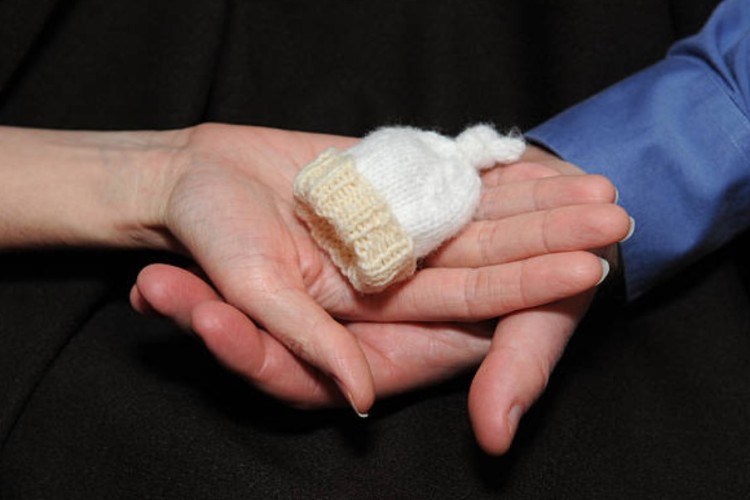
India’s infant mortality rate: Across the world, childbirth has long been fraught with risk, but the past half-century has rewritten the story of infant survival. India too once struggled with staggering rates of infant deaths. Today, the country is at a remarkable turning point, with public health transformed. Yet, the progress is uneven. Some states now rival the best in the world, while others record outcomes comparable to the poorest nations. Infant survival is not merely about medicine or technology; it is shaped as much by governance, nutrition, education, and the choices societies make for mothers and children.
According to the latest sample registration system data, India’s infant mortality rate (IMR) has dropped to 25 deaths per 1,000 live births—down from a shocking 129 in 1971. The decline reflects decades of investment in immunisation, maternal and child health programmes, sanitation, and nutrition. It is among the most significant public health achievements in independent India.
READ | Fixing the thali: Food inflation lessons from Europe and the US
Success stories: Kerala and Manipur
Kerala exemplifies the best of Indian public health. With an IMR of just 5, it matches Western Europe and performs better than the United States. Manipur, with an IMR of 3, shows that high-quality outcomes are not limited to wealthier regions. Their success rests on investments in primary health care, decentralised planning, and social development.
Kerala, in particular, has long reaped the dividends of female literacy, widespread immunisation, functioning community health centres, and strong local governance. Programmes like Hridyam, which funds free paediatric heart surgeries, and Mathruyanam, which ensures safe transport for mothers after delivery, illustrate the state’s comprehensive approach.
The Stragglers: UP, MP, and Chhattisgarh
At the other end are states like Uttar Pradesh, Madhya Pradesh, and Chhattisgarh, where IMRs remain as high as 37—eight times that of Kerala. The disparities cannot be explained by income differences alone. Instead, governance failures, uneven social development, and weak public health systems are to blame.
Madhya Pradesh illustrates the challenge. Its maternal mortality ratio stands at 159, nearly double the national average. Nearly 70% of posts for child specialists remain vacant, crippling neonatal care. In Uttar Pradesh, rural families often depend on unsafe delivery options because obstetric facilities are either absent or dysfunctional. In these regions, weak health systems amplify the risks created by poverty, poor nutrition, and entrenched inequities.
Infant survival is closely tied to social determinants, especially female literacy. In Kerala, educated mothers seek antenatal care, ensure timely immunisation, and demand accountability. Decentralised institutions such as gram panchayats play a crucial role by tailoring interventions to local needs. By contrast, in states with weak governance, national schemes like Integrated Child Development Services (ICDS) and Poshan Abhiyaan often fail to deliver results. Frontline workers remain overburdened, and the continuum of care—from pregnancy to the neonatal period—breaks down.
Nutrition remains India’s weakest link. The National Family Health Survey-5 found that 52% of pregnant women and 67% of children under five suffer from anaemia. This translates into poor birth outcomes and impaired cognitive development. Kerala’s relatively better nutritional profile shields mothers and infants from such risks. Telangana’s Aarogya Lakshmi, which provides a hot cooked meal daily to pregnant and lactating women, shows the potential of targeted nutrition interventions. In high-burden states, however, supply chain failures and poor awareness continue to undermine iron supplementation and food fortification programmes.I
Infant mortality rate: What needs to change
Bridging the interstate divide requires more than new schemes. High-IMR states must be prioritised with expanded community health centres and upgraded newborn care facilities. Filling vacancies for paediatricians and gynaecologists is not optional but essential. Accredited Social Health Activists (ASHAs), who form the backbone of maternal and child health outreach, need better training and incentives to extend care to the last mile.
Governance reform is equally vital. Kerala’s experience shows that empowered local bodies can design and deliver health services suited to their populations. Replicating this model in Uttar Pradesh or Madhya Pradesh may not be easy, but it is necessary. High-burden districts need disproportionately greater investment, supported by vulnerability mapping and real-time audits of maternal and infant deaths.
India’s sharp decline in IMR over five decades is laudable, but the national average conceals two starkly different realities. In one, India can rightly claim parity with developed countries. In the other, millions of mothers and infants still face risks that should have been eliminated long ago. Reconciling these two Indias must be the foremost priority of public health policy.
